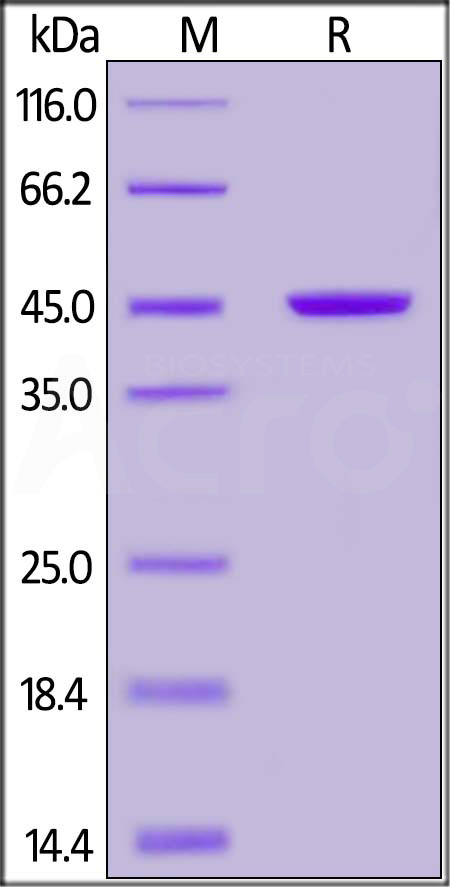Genetic and transcriptomic analysis of lentil seed imbibition and dormancy in relation to its domesticationGuerra-García, Balarynová, Smykal
et alPlant Genome (2025) 18 (2), e70021
Abstract: Seed dormancy is an adaptation that delays germination to prevent the start of this process during unsuitable conditions. It is crucial in wild species but its loss was selected during crop domestication to ensure a fast and uniform germination. Water uptake, or imbibition, is the first step of germination. In the Fabaceae family, seeds have physical dormancy, in which seed coats are impermeable to water. We used an interspecific cross between an elite lentil line (Lens culinaris) and a wild lentil (L. orientalis) to investigate the genetic basis of imbibition capacity through quantitative trait locus (QTL) mapping and by using RNA from embryos and seed coats at different development stages, and phenotypic data of seed coat thickness (SCT) and proportion of imbibed seeds (PIS). Both characteristics were consistent throughout different years and locations, suggesting a hereditary component. QTL results suggest that they are each controlled by relatively few loci. Differentially expressed genes (DEGs) within the QTL were considered candidate genes. Two glycosyl-hydrolase genes (a β-glucosidase and a β-galactosidase), which degrade complex polysaccharides in the cell wall, were found among the candidate genes, and one of them had a positive correlation (β-glucosidase) between gene expression and imbibition capacity, and the other gene (β-galactosidase) presented a negative correlation between gene expression and SCT.© 2025 The Author(s). The Plant Genome published by Wiley Periodicals LLC on behalf of Crop Science Society of America.
Lethal and sublethal toxicity of ytterbium in rainbow trout juvenilesAuclair, Roubeau-Dumont, André
et alEnviron Sci Pollut Res Int (2025)
Abstract: The heavy rare earth element ytterbium (Yb) is a critical element of technology finding its way into urban wastewaters from solid waste disposal sites. The purpose of this study was to investigate the lethal and sublethal toxicity of Yb to rainbow trout juveniles. They were exposed to increasing concentrations of Yb3+ (0.06-40 mg/L) for 96 h at 15 °C. Mortality was recorded, and in the surviving fish, the following biomarkers were determined: protein aggregation, thioneins, lipid peroxidation (LPO), and DNA damage in gills and the liver. The 96-h lethal concentration (LC50) was 2.7 ± 0.66 mg/L indicating that this element is toxic to fish. Biomarker responses to Yb occurred at concentration 45 times less than the LC50 in some cases. The following biomarkers were positively (p < 0.05) correlated to fish survival: liver thioneins, gill DNA strand breaks, LPO, and protein aggregation in the liver. The decrease in LPO in the liver and gills by Yb suggests reduced production of reactive oxygen species production. In conclusion, Yb is toxic to trout juveniles producing sublethal effects at concentrations range of 60 µg/L after 96 h. This concentration represents an upper limit for consideration for aquatic animal health.© 2025. Crown.
Effect of lipid-based nutrient supplements on morbidity among children with stunting: secondary analysis of a randomized trial in UgandaMutumba, Mbabazi, Pesu
et alEur J Clin Nutr (2025)
Abstract: Children with stunting are at risk of infections. We assessed the effect of lipid-based nutrient supplement (LNS) on morbidity in children with stunting.This was a secondary analysis of a randomized, 2×2 factorial trial among 12-59 months-old, stunted children in Uganda. Children were randomized to LNS containing milk or soy protein and whey permeate or maltodextrin, or no supplementation, for 12 weeks. The outcomes were caregiver-reported morbidity after 2, 4, 8 and 12 weeks, serum C-reactive protein (S-CRP), α1-acid glycoprotein (S-AGP), and phase-angle (PhA) by bioimpedance.Of 750 children, mean (SD) age was 32.0 (11.7) months, 55% (n = 412) were male. LNS increased diarrhoea prevalence (18.1% vs 7.3%, P = 0.001) during the first two weeks, but not thereafter. There was no effect of LNS on cough or fever. LNS resulted in greater decline in S-AGP (-0.10 g/L, 95% CI: -0.17, -0.03, P = 0.003) but not S-CRP (25%, 95% CI: -11, 74, P = 0.193), and greater increase in PhA (0.10 degrees, 95% CI: 0.01, 0.18, P = 0.030), explained by greater fat-free mass. Milk compared to soy protein in LNS resulted in higher PhA (0.10 degrees, 95% CI: 0.02, 0.17, P = 0.013), not explained by fat-free mass.LNS supplementation in children with stunting had no effect on morbidity but resulted in a small reduction in sub-acute systemic inflammation. The possible effect of LNS supplementation on inflammation in stunted children requires further evaluation. ( www.isrctn.com : ISRCTN13093195).© 2025. The Author(s).
Circular RNA aptamers targeting neuroinflammation ameliorate Alzheimer disease phenotypes in mouse modelsFeng, Jiang, Zhai
et alNat Biotechnol (2025)
Abstract: Alzheimer disease (AD) therapy may benefit from optimized approaches to inhibit neuroinflammation. Small-molecule inhibitors of the proinflammatory molecule double-stranded RNA (dsRNA)-activated protein kinase R (PKR) have efficacy in AD models but their utility is compromised by adverse side effects. Here, we target PKR in two mouse models of AD using circular RNAs containing short double-stranded regions (ds-cRNAs), which are structurally similar to what we used previously to target PKR in psoriasis models. We show that the intrahippocampal injection of ds-cRNAs to neurons and microglia by adeno-associated virus (AAV) effectively dampens excessive PKR activity with minimal toxicity, accompanied by reduced neuroinflammation and amyloid-β plaques. We also deliver ds-cRNAs to the whole brain through intravenous injection of AAV-PHP.eB, which crosses the blood-brain barrier, resulting in neuroprotection and enhanced capability of spatial learning and memory in AD mouse models. The delivery of ds-cRNAs at different progressive stages of AD alleviates disease phenotypes, with therapeutic effects sustained for at least 6 months after a single administration.© 2025. The Author(s), under exclusive licence to Springer Nature America, Inc.


 +添加评论
+添加评论























































 膜杰作
膜杰作 Star Staining
Star Staining















